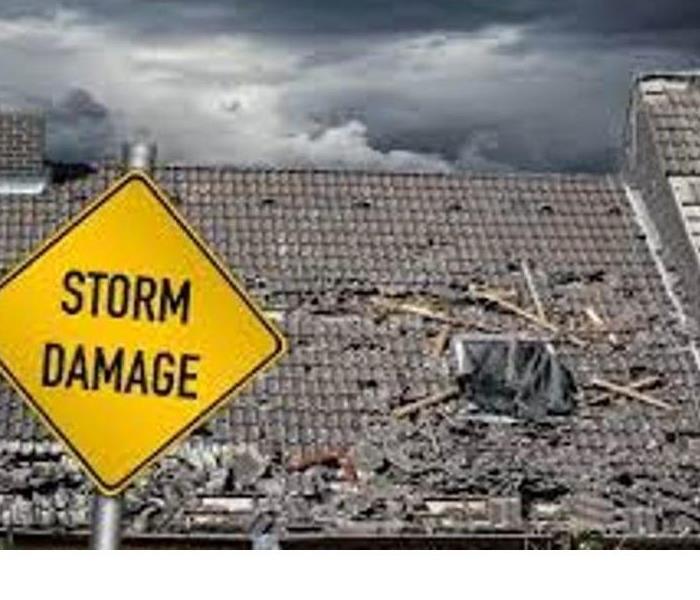Storm Preparation
7/26/2021 (Permalink)
1. Stay informed. Being prepared means first and foremost to know what kind of weather is on the way. The National Weather Service provides a map of the U.S. with the latest warnings; simply click on your location to get more detailed information. Of course, you can also listen to your local weather forecast or use a weather app. In addition, keep your phone charged and on, as that will allow you to receive local weather alerts such as flood warnings.
2. Don’t leave vehicles and other expensive items outdoors. Cars, motorcycles, outdoor furniture, and even children’s playground toys, can easily get damaged due to high winds. They can also blow away and cause damage to your home. Place your vehicles in your garage or carport and put the outdoor furniture and toys inside your home or in a shed.
3. Prepare your yard. Trees, plants, and shrubs take quite a beating during storms. Most will recover by themselves, but you’re best advised to take certain precautions. If you have any plants in pots, bring them indoors to prevent them from being blown over. You should also prune back any tree branches that are close to your home and cut down dead or dying trees.
4. Install storm shutters. During high winds, your windows are vulnerable to branches and other debris blowing around. You can protect them by installing storm shutters. Make sure the shutters are properly secured before the storm starts. If you don’t have enough time to install storm shutters, you can also protect your windows by affixing sheets of plywood in front of them.
5. Clean out the gutters and storm drains. Storms can bring a lot of precipitation. Your gutters are intended to lead that water safely away from your home so it doesn’t collect and cause water damage. Check them thoroughly paying particular attention to the joints and downspouts where buildup can occur. You should also make sure your storm drains are free of leaves and other debris so water doesn't pool there.
6. Check your generator. If you rely on a generator during power outages, then you need to make sure it’s in good working order before the storm starts. Do a manual test to make sure it runs properly. In addition, make sure you have sufficient fuel to last for a few days.
7. Create an emergency kit. Your emergency kit should include at the minimum items such as bottled water, a flashlight, a first aid kit, non-perishable food, blankets, and warm clothing, phone chargers and batteries, and a radio. You should also consider placing copies of important documents such as passports, insurance policies, and medical records in your kit.





 24/7 Emergency Service
24/7 Emergency Service
